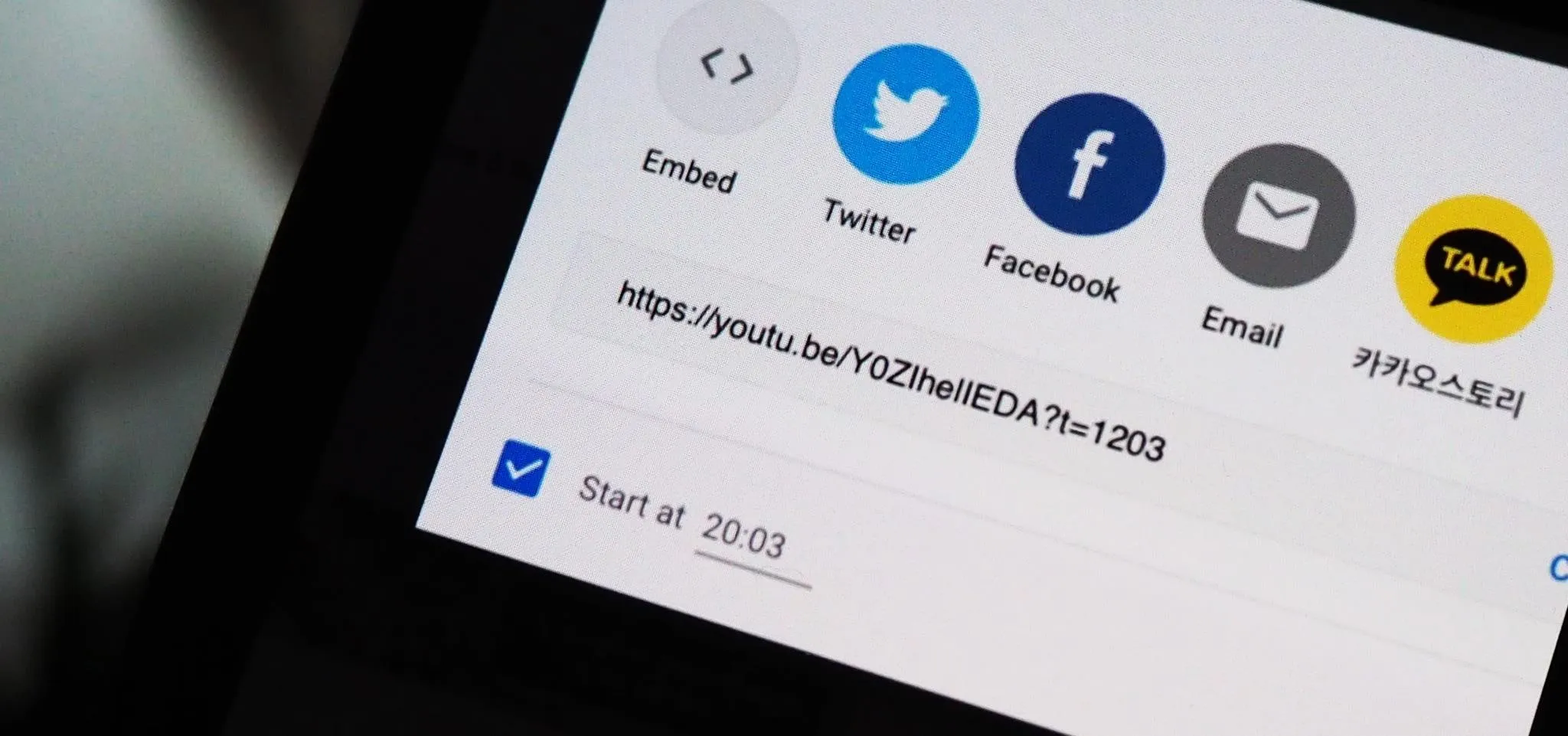Thanks to its intuitive interface that makes sending and receiving money a breeze, Venmo has become the go-to app for millions in the US. In fact, you've probably heard the term "Venmo you" being tossed around between friends. But before you take the plunge and sign up, it's always a good idea to read the fine print and know what you're getting into. Money is involved, after all.
Though Venmo's user agreement is easy enough to understand through careful reading, there are little details within it that are worth paying special attention to. There are also imposed limits you need to be fully aware of, along with other regulations and important tidbits that are not explained in the user agreement.
Understanding these fees, important terms, and hidden details are very important in order to minimize unpleasant surprises while using Venmo to send and receive money. Because of this, we decided to delve into it a little deeper to highlight some key information that you may have missed, to give you a better understanding before opening a Venmo account on your smartphone.
Available for Android & iOS
By far, the biggest reason for Venmo's popularity is its availability to a broad range of users. Unlike Apple Pay, Venmo is one of the few peer-to-peer payment apps that's available for both iOS and Android, and it has high ratings from users of both platforms due to is reliability and user-friendliness. Best of all, Venmo is free to install, so give it a try if you hadn't already done so.




In order to use Venmo, an iPhone will have to be on iOS 10 or above, and an Android phone should be running Android 4.1 Jelly Bean or higher. Otherwise, Venmo will not run on you smartphone.
Residency & Age Requirements
To use Venmo, you must be at least 18 years old for legal purposes. You can also use the platform to send and receive money from friends and family, as long as you reside in the United States. Some limitations may apply depending on your residency status, however, so check out the following sections for more details.
You May Need to Verify Your Identity
As a business that deals with money transfers, Venmo is subject to regulations imposed by the United States Treasury Department and can ask you at any time to verify your identity. And while you can sign up and use Venmo without providing any personal details, doing so places some limits.
By far, the easiest way to verify your identity with Venmo is to sign up using your Facebook account. Despite that, however, Venmo may still ask you to provide your social security number or other documentation if you either send more than $299.99 in one week, withdraw more than $999 in one week, or create a group account. In verifying your identity, Venmo may ask for the following:
- your full name
- your birthday
- your social security number
- your driver's license or state ID
- your home address (not a PO box)
- answers regarding your personal history
Transaction Limits
Without identity verification, Venmo places a $300 weekly rolling limit on your transactions. This means that for every seven days, you can't have more than $299.99 in transactions each week. This limit kicks in the moment you conduct your first transaction, so if you send or receive $100 at 12 p.m. on a Tuesday, you'll have a remaining limit of $199.99 until precisely 12:01 p.m. on the following Tuesday.
If your identity is verified, Venmo raises your weekly rolling limit to $2,999.99 for sending funds, though they make no mention of how much you can receive. Your sending limit further increases by $2,000 when either making payments to authorized merchants or using your Venmo card for transactions, making for a combined total of $4,999 a week. You are only limited to 30 authorized merchant payments a day, however, so keep that in mind.
Fees for Sending & Withdrawing Funds
As far as payments go, Venmo lets you send money to friends and loved ones free of charge unless you use a credit card to fund your transaction. For the latter, Venmo charges you a flat 3% fee. So if you use a linked credit card to send a friend $100 for his or her birthday, Venmo will tack on a 3% fee on top of the money you've sent and charge your credit card $103 in total.
- Don't Miss: How to Send Money to Friends & Family with Venmo
When it comes to making withdrawals, Venmo gives you two options — standard or instant. Standard withdrawals process slower but are free of charge, while instant withdrawals have a flat fee of $0.25 and posts to your bank account on the same day.

Standard transfer (left) vs. instant transfer (right).


Standard transfer (left) vs. instant transfer (right).

Time Before Funds Are Available When Transferring to Bank
Venmo states standard withdrawals will post to your bank account usually within one business day, as long as you initiate the transfer before 7 p.m. Eastern Time. Of course, business days don't count the weekends and bank holidays, so if you withdraw money to your bank account at noon on a Friday, your funds won't post into your account until Monday. And if Monday turns out to be Labor Day, your money won't arrive until Tuesday.
As far as time of arrival goes, withdrawals made from Venmo posts into your bank account around 7 a.m. Eastern Time, at least, from my experience. For instant withdrawals, the funds arrive much faster and usually appears in your bank account within minutes of initiating the transfer.
If you don't see the Venmo transfer in your bank account after three full business days, you could have either entered the wrong banking information or the bank rejected the transfer for some reason. (More on invalid bank accounts.)
Venmo Reviews Some Transfers to Banks
However, in response to an FTC complaint against Venmo, the company now makes it clear that all transfers from your Venmo balance to your bank account are subject to review. This is to prevent suspicious or illegal activity (discussed later on in this guide) and to make sure both sender and recipient of funds in question have complied with Venmo's user agreement.
According to Venmo, conducted reviews may or may not result in:
- delayed, blocked or canceled transfers;
- funds being held by Venmo;
- funds being applied to a negative Venmo account balance or used to offset loss incurred by Venmo;
- account suspension or termination;
- funds being seized to comply with a court order, warrant or other legal process; and/or
- funds you previously received being reversed (i.e., sent back to the sender's Venmo balance or to the card or bank account that was used to fund the payment).
Balances & Deductions
In a nutshell, your Venmo balance consists of funds that you've received from friends and family that hasn't been transferred to your bank account. Once you initiate a transfer, be it a payment to a friend or a withdrawal into your bank account, the amount is automatically deducted from your Venmo balance.
So if you transfer $10 out of your Venmo account on the weekend, that money will be automatically deducted from your total balance, even if the funds don't post into your bank account the following Monday. In other words, deductions from you balance happen instantaneously when making withdrawals and aren't deducted at the time the funds arrive in your bank account.
Making Partial Payments
Venmo doesn't support automatic partial payments and leaves it entirely up to you to conduct them manually. For instance, if you owe a friend $15 for lunch and only have $11 in your Venmo balance, Venmo will automatically deduct the whole $15 from your primary funding source.
If you want to use the $11 that's available in your Venmo and have your bank account cover the rest, you'll need to send two separate payments — $11 from Venmo, and $4 from your bank account — to the same recipient. Needless to say, it's important to stay on top of your Venmo balance and conduct transactions carefully to avoid potential overdrafts to your bank account.
Offers Some Protection from Fraudulent Activity
Venmo offers some protection against unauthorized or erroneous transactions. Under Section D.11 of the user agreement, Venmo gives you a 60-day window to report any suspicious activity to be eligible for 100% protection, and it warns that any losses that aren't reported in that timeframe may not be retrievable. According to Venmo:
If you do not tell us within 60 days after the account statement was made available to you, you may not get back any money you lost after the 60 days if we can prove that we could have stopped someone from taking the money if you had told us in time.
That said, it's essential to regularly check your Venmo account — even if you don't use the app often — to make sure it's free of any irregularities. Also, keeping your Venmo as secure as possible can't be stressed enough to keep potential hassles at bay.
Not Insured by the FDIC
As a company that specializes in peer-to-peer transactions, Venmo falls under the category of non-banking institutions akin to prepaid debit cards. Because of this status, Venmo isn't legally required to be federally insured. This means that funds stored within your Venmo account aren't covered by the FDIC, leaving you with no way to recover any funds stored within your account if the company ever goes belly up.
If your Venmo account is tied to your debit card or bank account as its funding source, however, FDIC protection for Venmo is a non-issue since your bank already has you covered. So if you rely on Venmo to send and receive money from friends and loved ones, we recommend transferring most if not all your Venmo balance to your bank account for maximum security.
Venmo Keeps Tabs on Your Account
Venmo has some restrictions with regards to sending and receiving money to help clamp down on illicit activity. Throughout its user agreement, Venmo states that it has the power to monitor your account and keep track of your transactions to make sure you're not using it for purposes that fall under what's prohibited.
"Restricted Activities" and "Acceptable Use," which can be found under Section D.12–13 of the user agreement, cover a wide array of activities and businesses, such as gambling, online abuse, illicit drugs, pornography, and pyramid schemes, to name a few. Violating this can result in the sudden suspension or termination of your Venmo account.
Be Careful Who You Deal With
Venmo also reserves the right to investigate your account and freeze funds if it believes you've conducted a suspicious transaction — whether you knew it or not. This can include receiving a payment from a hacked Venmo account, a stolen credit card, or a compromised bank account.
Also, sending payments to someone who's neither an authorized merchant nor a friend for goods and services can cast you under Venmo's spotlight and potentially lead to your account's suspension or worse. And while it can't freeze your bank account, Venmo can freeze the funds that are withdrawn from it for transactional purposes, so always be on alert with regards to who you deal with while using Venmo.
Without a doubt, Venmo is currently one of the best peer-to-peer money transfer apps out there, and its ease of use and popularity more than makes up for its comparatively minor limitations. How are you liking Venmo? Is there another app out there that you think does a better job? As always, don't forget to share your thoughts by posting in the comment section below.
- Follow Gadget Hacks on Facebook, Twitter, YouTube, and Flipboard
- Follow WonderHowTo on Facebook, Twitter, Pinterest, and Flipboard
Cover image and screenshots by Amboy Manalo/Gadget Hacks

























Comments
Be the first, drop a comment!